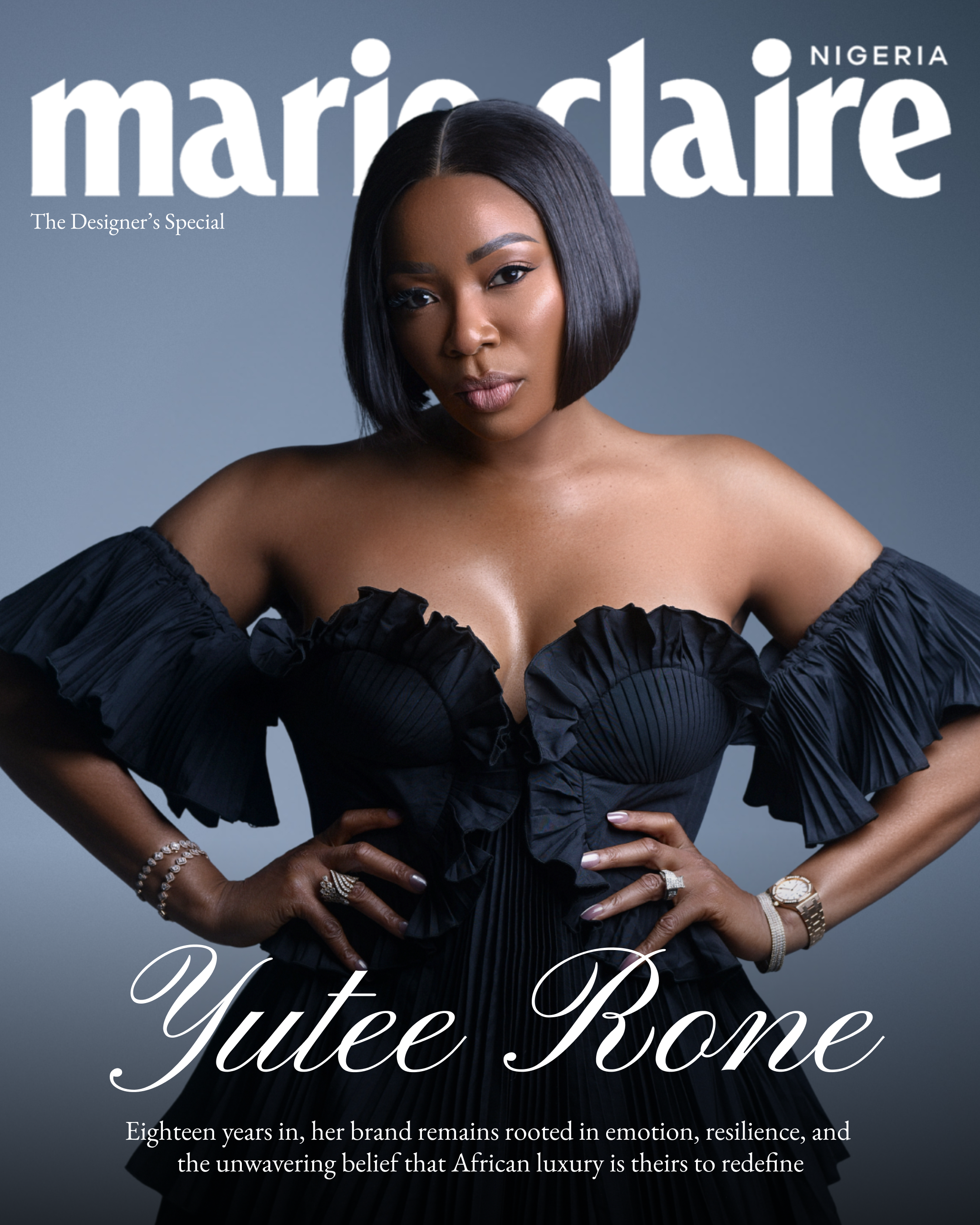The journey of sports fashion for women has been tumultuous—a tale of unreasonable restriction stemming from the need to control women’s choices and see women as less capable. Despite ongoing criticism of clothing choices, more women are increasingly exercising their freedom of choice. Black female athletes have been at the forefront of this shift, revolutionising what is now seen as acceptable sportswear. Today, athletic outfits are designed with the wearer’s unique needs in mind, prioritising functionality, comfort, and style for all body types.
Image: Nigerian Olympics team after winning bronze in Barcelona ’92 olympics via Amara Nwankpa on XWomen’s Sportswear in the Past
African women’s participation in sports is largely undocumented. As a result, key milestones, such as first-time appearances on national, continental, and international stages, remain elusive. Given the challenges faced by their Western counterparts, it’s reasonable to assume that African female athletes encountered even greater obstacles. Consequently, the journeys of pioneers like Derartu Talu, Africa’s first black female Olympic gold medallist, or Chioma Ajunwa, Nigeria’s first Olympic gold medallist, including significant hurdles such as restrictive sportswear, are mostly obscure.
In America and Europe, women who dared to pursue sports were often relegated to “less strenuous” activities like tennis and golf. Furthermore, they were subjected to restrictive clothing that severely hindered movement, emphasising societal expectations over athletic performance. It was comically bad that French tennis player Suzanne Lenglen kicked off a revolution when she swapped the typical ankle-length skirts and turtleneck long-sleeved shirt for a midi-sleeveless pleated dress. It’s a stark contrast to the tennis outfits now, where comfort is even more streamlined than ever.
Despite some progress, gender stereotypes continue to shape athletic attire. Many sports outfits remain gendered, adhering to outdated and unrealistic beauty standards, particularly for women. These restrictions not only hinder performance but also perpetuate harmful body image expectations.
Take a look at these cases:
Serena Williams
Serena Williams in black catsuit via VogueTennis has remained relatively unchanged in terms of attire. However, this was challenged in 2018 when Serena Williams wore her iconic black catsuit at the French Open. Designed to aid her recovery from childbirth complications, the outfit was subsequently banned, deemed inappropriate by tournament officials who said she went too far.
Her choice to embrace her unique needs as a new mother and a sports professional opened a public discourse for sportswear choices among women. After the game, she wrote:
“For all the moms out there who had a tough recovery from pregnancy—here you go. If I can do it, so can you. Love you all!!”
Female athletes aren’t seeking shorter skirts; they are advocating for the freedom to wear comfortable, yet stylish athletic apparel. This choice, while subjective, is undeniably crucial. Women shouldn’t be forced to compromise between function and fashion. Every day, female athletes overcome physical challenges like hormonal fluctuations that cause body sensitivity. The least the sports industry can do is provide attire that supports, rather than hinders, their performance.
Allyson Felix
Allyson Felix via Team USAWhile more fitness clothing brands are willing to collaborate with female athletes these days, some collaborations have fallen short of inclusivity, leading to push backs and black women creating their brands.
In 2018, track athlete Allyson Felix, who used to be sponsored by Nike, was offered a 70% sponsorship cut because she just had a baby. Although she was open to a salary reduction, the athletic brand could not guarantee that her contract would not be terminated if she did not perform as well as she used to. Sharing her thoughts on the contract, she said:
“I wanted to set a new standard. If I, one of Nike’s most widely marketed athletes, couldn’t secure these protections, who could?”
Felix stepped away and started her sneaker brand, Saysh. She is now the most decorated American track and field athlete, and with her brand, she’s holding space for women who still want to chase their dreams at home and on the field. What started as a story of unreasonable demands on mother athletes ended with fashion being used as a tool for empowerment. But does every marginalised black athlete need to start a brand before she can wear the clothing she loves?
Allyson Felix with sneakers from her brand, Saysh, via TimeInclusivity and Diversity, the end game
Female athletes questioning the stereotypes have led to what I can only describe as our biggest advantage: inclusivity and diversity. Because women like Suzanne Lenglen, Serena Williams, and Allyson Felix rebelled against the status quo, more women now see themselves in sports and fitness spaces.
Even popular fitness brands like Nike, Fabletics, and Adidas launched inclusive sizes in 2019, catering to bigger sizes. Nike for the first time welcomed plus size mannequins in its stores. As a result, women now view physical activity as accessible and inclusive, rather than an exclusive domain for the elite. Regardless of age, size, race, or physical ability, every woman has a place in sports and fitness.
I’m forever in awe of how fashion is a tool for change, storytelling, and advocacy. Even athletes are aware of how their clothing, jewellery, hairstyles, makeup, and even nails can make a bold statement, inspiring other women to see themselves as winners. We look forward to seeing more female athletes collaborate with designers who prioritise diverse body representation ensuring that sports fashion is accessible and relevant to all athletes and women far and wide.


